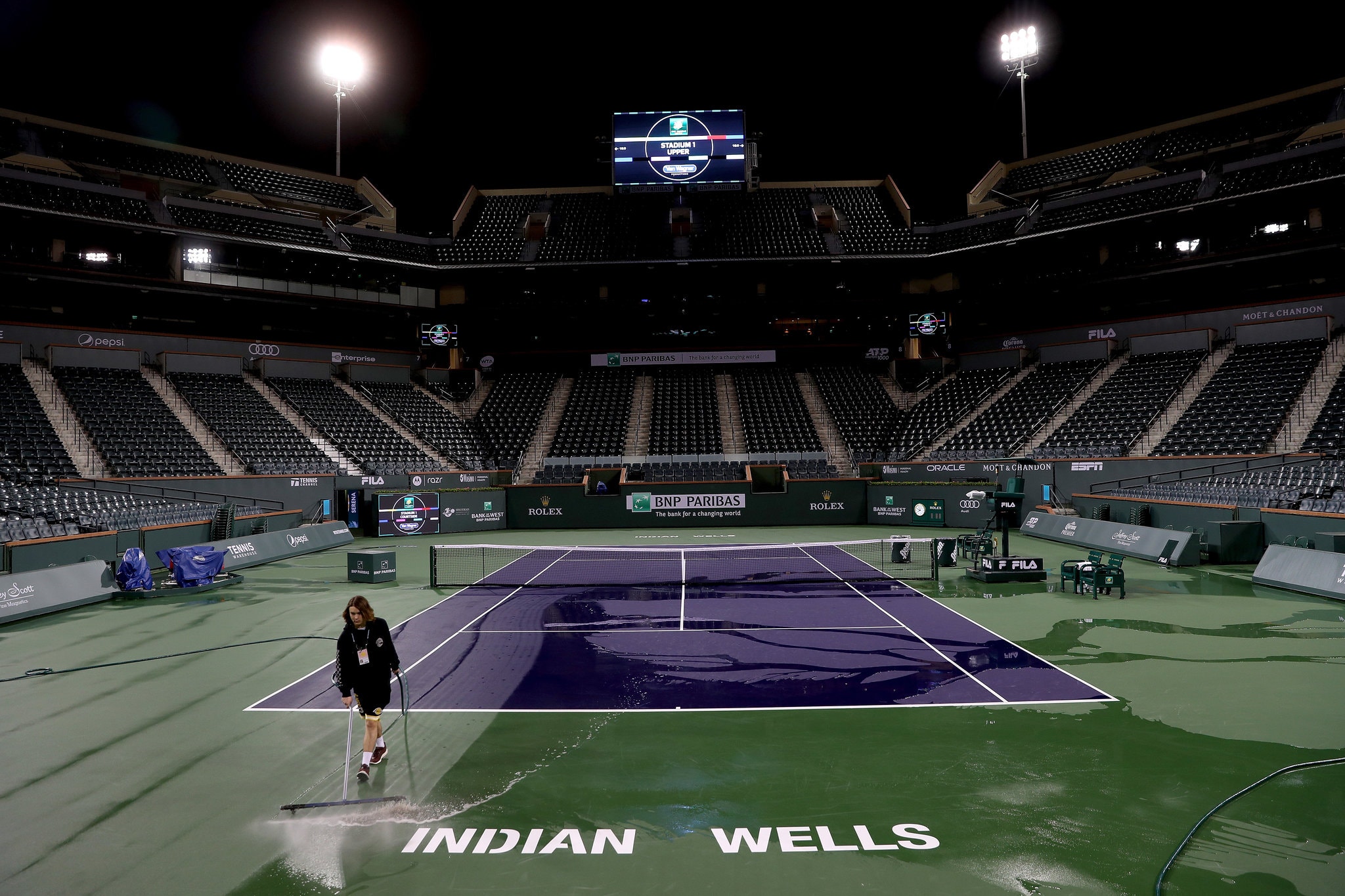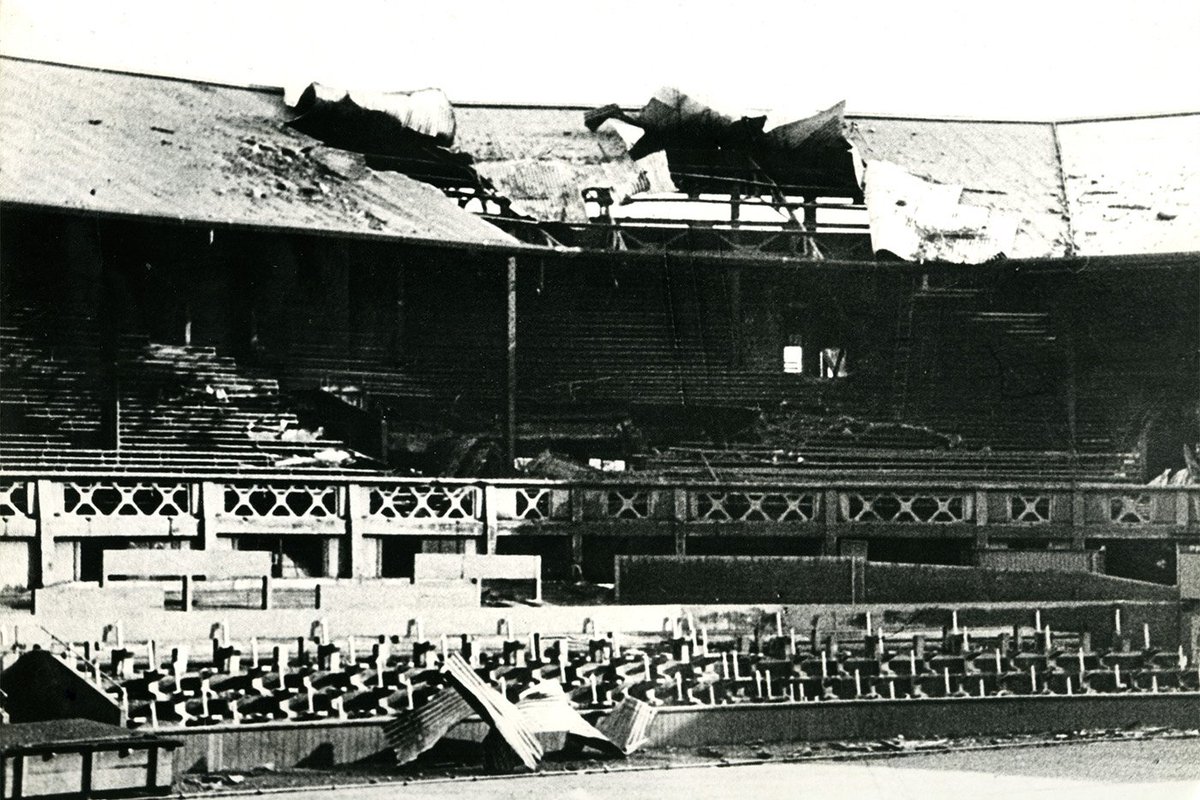It is no coincidence that the first domino to tumble was a tennis tournament.
On Sunday, March 8th, 2020, Indian Wells, the fifth-largest tennis tournament in the world, announced that its 2020 edition was canceled. The decision was met with mixed reactions from players, fans, officials, and journalists alike. In fact, some felt that canceling the event was blowing the emerging COVID-19 threat out of proportion.

However, as the invisible threat loomed closer and closer, the world followed suit. First, there were the sports leagues, such as the NCAA and NBA, suspending their seasons. Then there were governments suspending travel and instructing their citizens to quarantine.
It is crazy to think that less than two months ago, the tennis community was wondering whether the Australian Open would take place due to the bushfires ravaging the Australian continent. Due to the novel coronavirus, Roland Garros has already been postponed and Wimbledon & the U.S. Open appear under threat.
The postponement of a Grand Slam is unprecedented. Never before in the history of Grand Slam tennis has a major tournament been postponed. During WWI & WWII, the Australian Open, Roland Garros, and Wimbledon were all suspended. In fact, in 1940, Wimbledon’s Centre Court was hit by two by two bombs, causing damage that would take more than eight years to fully repair. However, the U.S. Open has never been canceled since its inception in 1881.

Tennis is a truly global sport. Every week, for eleven months of the year, players, officials, and fans from all over the world gather in celebration of the sport. Not even international sports like football (i.e. soccer for us, Americans), can boast of global congregations week in and week out.
Due to the global nature of this sport, the future looks bleak in terms of returning to action anytime soon. Former World No. 1, Lindsay Davenport, explains the complexities of the situation:
“Wimbledon might be ready to host the tournament, but it’s become a much bigger issue.
Now governments have to open their borders to everybody, all nations, for these tournaments to go on. Every player has to be able to get into the coutnry [and] the tournaments don’t control that anymore.
We have to hope that the virus clears up. But, it’s a much bigger issue now than the players want to play [and] the tournaments want to host them.
There’s a lot of different loopholes for these tournaments to take place. I’d be surprised if we saw tennis before mid-August.
Furthermore, Paul Annacone elaborates:
“Our biggest challenge is it’s international [and] it’s individual.
Lindsay talks about the borders and the possibliltiy of players, fans, umpires, [and] sponsorship people coming in and out from all over the world.
It’s very different than the NBA starting again.
Essentially, in order for professional tennis to return, the entire world needs to outlast this virus–not just one city, one country, or one continent.
Tennis is an example of what can be achieved with international cooperation. While COVID-19 has rendered the tours on pause, tennis will be a barometer of when we’ve emerged from this nightmare together.
